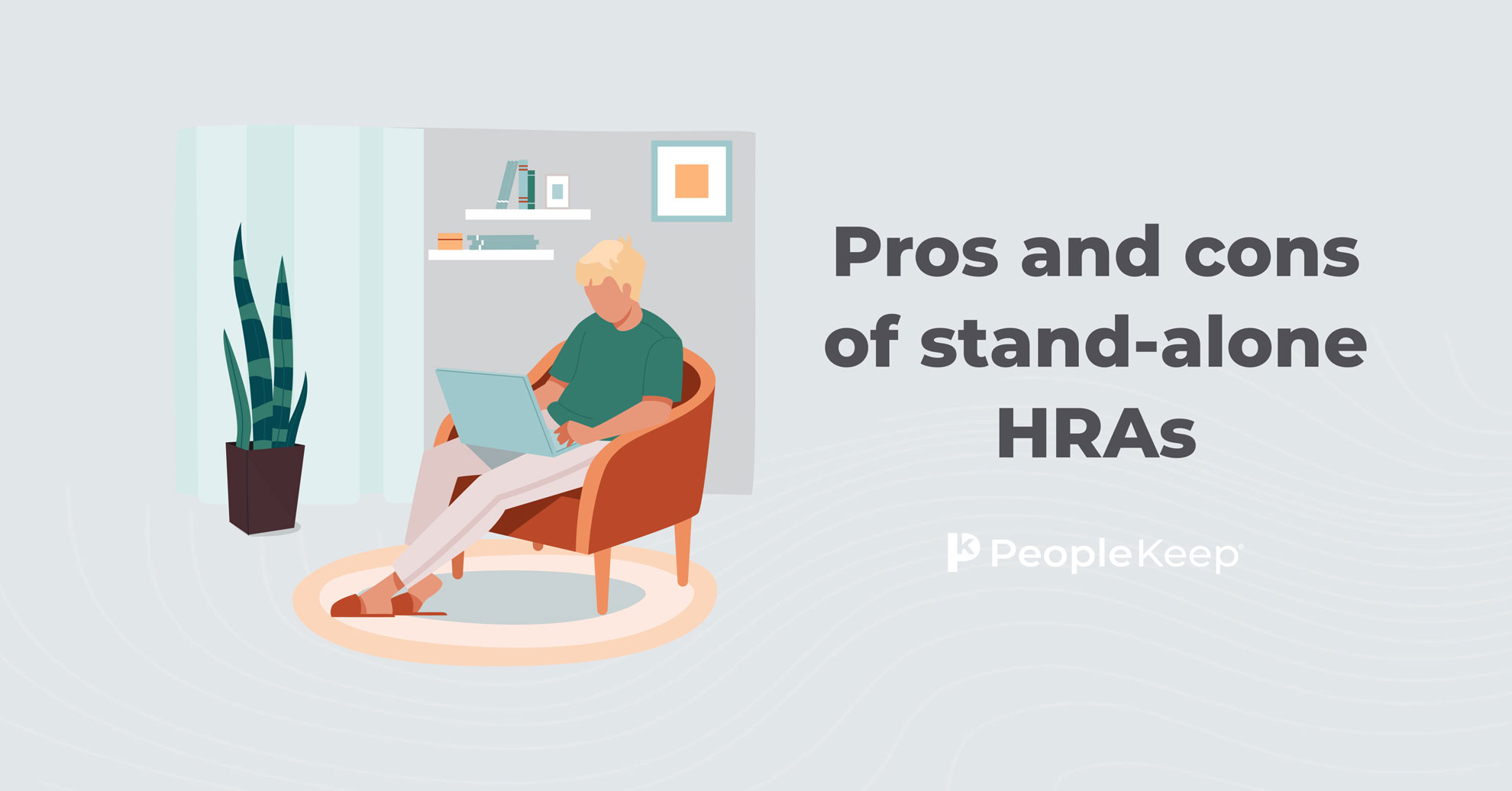How HRA distributions work
By Christina Merhar on July 12, 2013 at 9:00 AM
Distributions from an HRA are simple, but there are IRS guidelines an employer and employees must follow. An HRA is a health reimbursement arrangement. An HRA is an IRS-approved, employer-funded plan used to reimburse employees tax-free for medical expenses. An HRA is not health insurance but can be used to supplement health insurance benefits and pay for a range of medical expenses not covered by insurance, including many insurance premiums.
An HRA is most commonly used as either a stand-alone HRA or a group coverage HRA (GCHRA). Common types of stand-alone HRAs include the qualified small employer HRA (QSEHRA), retiree HRA, limited HRA, and individual coverage HRA (ICHRA).
HRA definition
To understand how HRA distributions work, first, it's important to understand the basic definition of an HRA. The IRS outlines the definition of HRA distributions in IRS Publication 969:
-
A health reimbursement arrangement (HRA) must be funded solely by an employer.
-
The contribution cannot be paid through a voluntary salary reduction agreement on the part of an employee.
-
Employees are reimbursed tax-free for qualified medical expenses up to a maximum dollar amount for a coverage period.
-
An HRA may be offered with other health plans, including FSAs.
-
Unlike health savings accounts (HSAs) or Archer MSAs, which must be reported on Form 1040 or Form 1040NR, there are no reporting requirements for HRAs on participant's income tax returns. However, there are reporting requirements for HRAs.
-
HRAs are notional arrangements, meaning pre-funding of third-party bank accounts is not required.
Tip: A more detailed definition of HRAs is also outlined in IRS Notice 2002-45 (HRAs).
How HRA distributions work
According to the IRS, distributions from an HRA:
-
Must be paid to reimburse employees for qualified medical expenses they have incurred.
-
The expense must have been incurred on or after the date the employee was enrolled in the HRA.
-
If an HRA debit card is used (not recommended), the card must meet certain substantiation methods and meet IRS guidelines detailed in Revenue Ruling 2003-43.
-
If any distribution is or can be made for other than the reimbursement of qualified medical expenses, distributions made in the current tax year are included in gross income.
- Reimbursements under an HRA can be made to current and former employees (only for certain HRAs), and spouses and dependents of those employees (as long as the employer's HRA plan allows it).
-
Amounts that remain at the end of the year can generally be carried over to the next year, as specified in the HRA plan documents. The employer is not permitted to refund any part of the balance to employees.
HRA software helps an employer easily manage and track HRA distributions. HRA software like PeopleKeep also helps easily communicate to employees what types of expenses are eligible for reimbursement, how to submit their request for reimbursement, and how their employer will reimburse them.
Check out more resources
See these related articles

HRAs and W-2 annual reporting
Learn about HRA W-2 annual reporting requirements. Understand what employers need to include on employees' W-2 forms for HRA compliance.

How to draft your first summary plan description (SPD)
Get everything you need to know to draft, distribute, and update a summary plan description (SPD) compliantly so your employees understand the HRA benefit.

Pros and cons of stand-alone HRAs
Stand-alone HRAs can offer flexibility and control over healthcare expenses, allowing employers to customize plans to meet their employees' needs.


